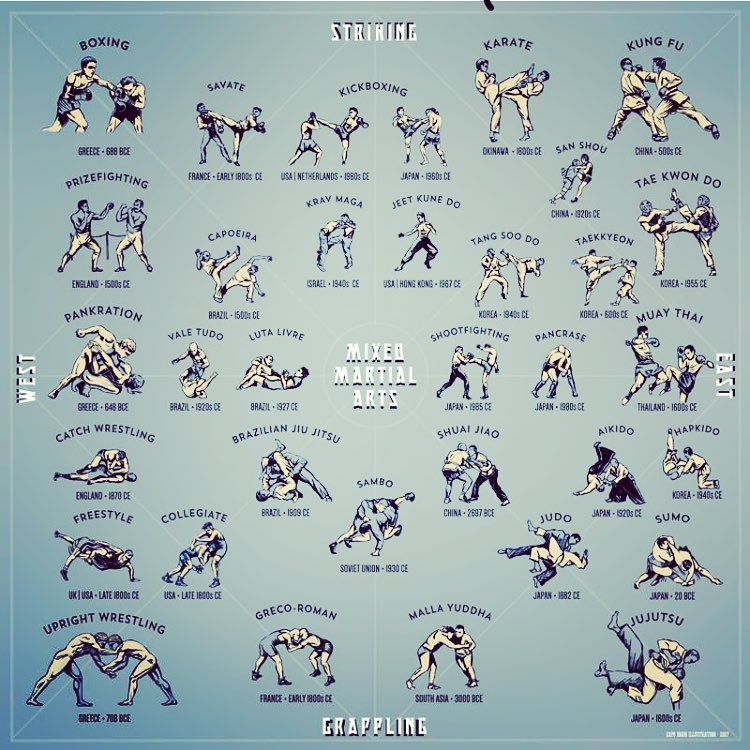Trick Differences In Between Traditional Martial Arts And Modern Battle Sports: A Comprehensive Evaluation
Trick Differences In Between Traditional Martial Arts And Modern Battle Sports: A Comprehensive Evaluation
Blog Article
Content By-Bright Hovgaard
When you think of martial arts, do you lean extra toward the typical methods or the contemporary battle sporting activities? https://garretthrais.ziblogs.com/35683511/why-self-defense-courses-are-vital-for-college-students provides unique benefits and experiences, shaped by their ideologies and training approaches. Conventional martial arts stress individual development and technique, while contemporary fight sporting activities concentrate on competitors and performance. Comprehending these differences can assist you in choosing the appropriate method for your journey. Yet just how do these distinctions materialize in training and approach?
The Viewpoint and History Behind Standard Martial arts
While many individuals associate martial arts with physical fight, the viewpoint and history behind standard martial arts run much deeper. You'll find that these techniques stress individual growth, technique, and regard.
Stemming from ancient techniques, traditional martial arts were usually established for Self-Defense and spiritual development. They personify concepts such as balance, consistency, and self-control, directing experts beyond mere combating skills.
As you train, you'll not only discover strategies yet additionally acquire understandings right into the culture and values that formed these arts. The routines and traditions, commonly passed down via generations, foster a feeling of neighborhood and belonging.
The Affordable Nature of Modern Fight Sports
Modern fight sporting activities have transformed the landscape of martial arts right into a highly affordable sector, where athletes take on in a test of ability, technique, and endurance.
You'll discover that competitors are frequently organized with stringent regulations and policies, making sure justice and security. please click the following page draw in large target markets, fueling the enjoyment and intensity of competitions.
Professional athletes train rigorously, not just for physical expertise yet also for mental durability, knowing that every detail counts in the ring. The adrenaline rush throughout competitions is apparent, as fighters press their limits to declare success.
Followers appreciate the athleticism and virtuosity entailed, making modern-day fight sports a thrilling phenomenon that remains to develop and captivate enthusiasts around the globe.
Training Techniques and Techniques: A Relative Analysis
The affordable ambience of modern-day battle sporting activities needs cutting-edge training approaches that vary dramatically from traditional martial arts.
In modern-day training, you'll concentrate on certain methods, competing, and conditioning, often using drills that imitate actual fight circumstances. You'll see a focus on measurable efficiency and regular competitors to analyze your skills.
On the other hand, typical martial arts prioritize kinds, katas, and philosophical mentors, frequently stressing discipline and respect over competitors.
Training is typically less extreme and may include repeated technique as opposed to real-time sparring.
While both strategies build ability and health and fitness, modern-day combat sporting activities provide an extra dynamic and versatile training atmosphere, preparing you for instant challenges in the ring or cage.
Pick the course that lines up with your goals and rate of interests.
Conclusion
In choosing in between typical martial arts and modern-day combat sports, it actually boils down to what you value a lot of. If you're looking for personal development, technique, and a feeling of area, traditional arts might be your best fit. However if you grow on competitors and real-time difficulties, modern-day battle sporting activities could be the way to go. Inevitably, both paths offer unique advantages, so it's all about aligning your training with your individual objectives and rate of interests.
